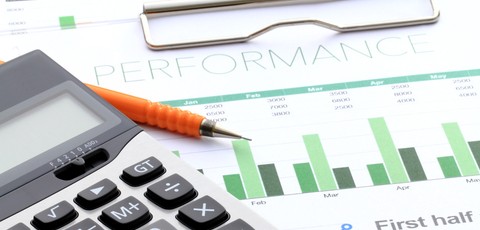Entrepreneurs’ Relief was created to incentivise people to set up and grow businesses by providing a reduced level of Capital Gains Tax on business disposals.
The Relief took effect from the 2008/9 tax year onwards, subject to a lifetime allowance, which has been extended by successive Chancellors.

Who can claim the relief?
Entrepreneurs’ Relief is available to individuals, rather than companies. It would typically apply to a business person – either a sole trader, member of a business partnership, or a limited company shareholder in a trading business.
Broadly, in order to claim the relief, you must have held the business assets in question for at least one year. The relief would typically apply to a business disposal (or share sale), although it can also be claimed for other assets.
If you are disposing of shares in a business, you must have been serving as a partner, company director, or have been an employee, and held at least 5% of the share capital in the year preceding the sale.
How does the relief work?
Originally, Chancellor Alistair Darling provided a lifetime allowance of £1m, which applied from April 2008 until April 2010. This was subsequently increased to £2m, £5m and then £10m from 6th April 2011.
Qualifying disposals are taxed at a flat rate of 10%, rather than the standard (18%) and higher rate (28%) levels of Capital Gains Tax which apply elsewhere.
To calculate Entrepreneurs’ Relief, from 23rd June 2010 onwards (when the rules were simplified), you firstly remove your annual CGT allowance from the amount of your gain. Your liability is 10% of the remainder.
Prior to this date, the tax was calculated by multiplying the sum of the gain (after deducting the annual CGT allowance) by 4/9ths, then subjecting the net amount to the 18% CGT rate.
If you are in the fortunate position to have reached the lifetime allowance threshold of £10m, then any subsequent gains will be made at the standard CGT rates.
There are deadlines by which relief has to be claimed. if the business asset was disposed of during the 2013/14 tax year for example, you must make your claim by 31st January 2016.
Further Information
- You can make a claim on your annual self assessment return, however we would strongly advise you to seek the advice of an accountant if you have any questions.
- For the complete guide to Entrepreneurs’ Relief, and the qualifying conditions you need to satisfy in order to benefit, read HMRC Helpsheet 275 (PDF).



Follow Company Bug